Emergencies happen unexpectedly and this is a scary reality we always have to deal with. However, we can always be a step ahead with the right safety gadgets. There are ton of these gadgets. However, to make your search less tedious, we have put together a comprehensive list of 5 best CPR devices for your home / office.
1. Philips HeartStart Home AED Defibrillator:
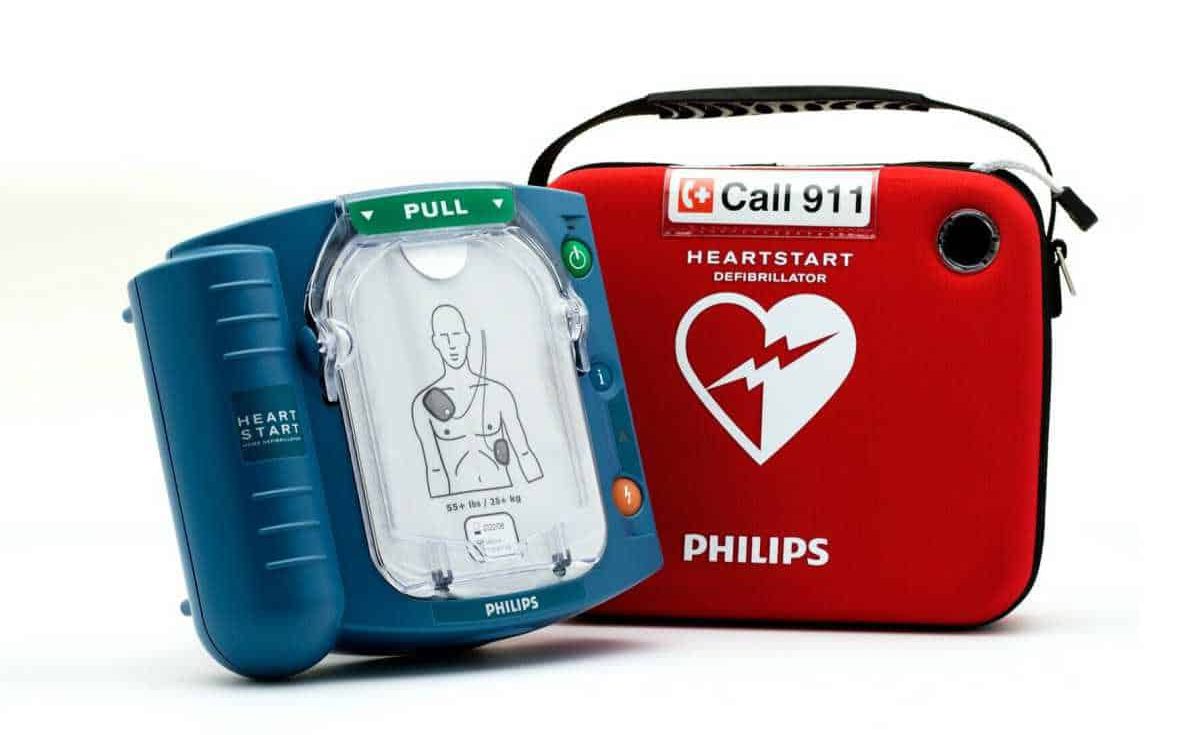
If you thought defibrillators were designed to only be used by anyone working in a hospital, you are so wrong. The fact is that an automated external defibrillator every person that cares about being prepared for unforeseen health experiences. And if you are in te market for a top-notch defibrillator, then you should totally consider the Philips heart start home AED Defribrillator.
As at the time this article was written, the price of the Philips HeartStart Home AED Defibrillator was around $1,270.
2. Anti-Choking Trainer:
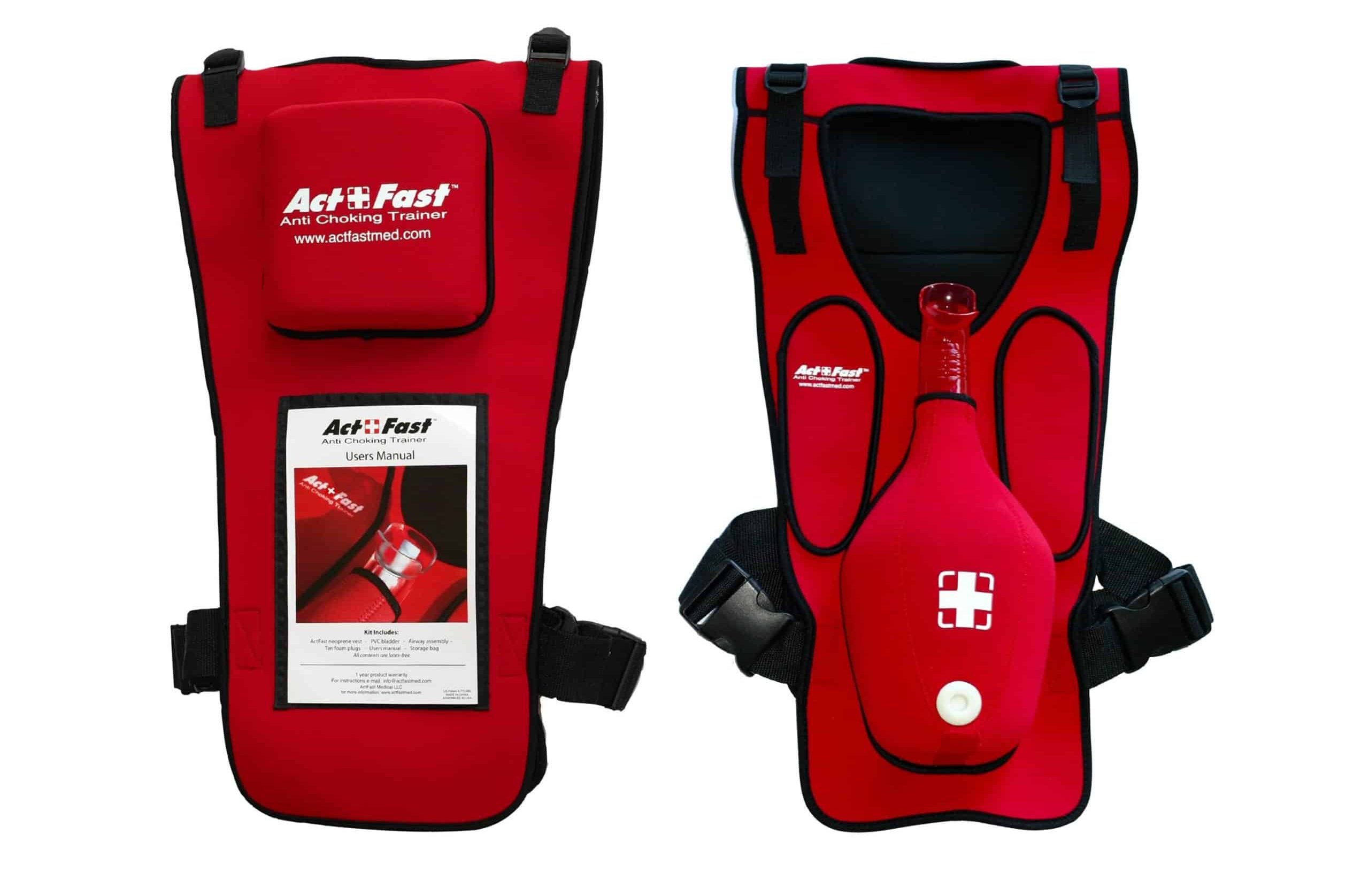
The Heimlich maneuver might appear simple, but the technology involved is quite tasking, hence the need for this training kit. It helps by providing a demonstration on how the maneuver can be done on a person without really having to do it to them.
Must Read: 5 Best Health Gadgets That Will Change Your Life
It is worn by students in CPR class to learn the Abdominal Thrust Maneuver and it teaches choking rescue superbly, even if the user is the one choking. This kit is a must for any CPR instructor. As at the time this article was written, the price of the Anti-Choking Trainer was around $124.00.
3. First Aid Adult And Infant CPR Mask:
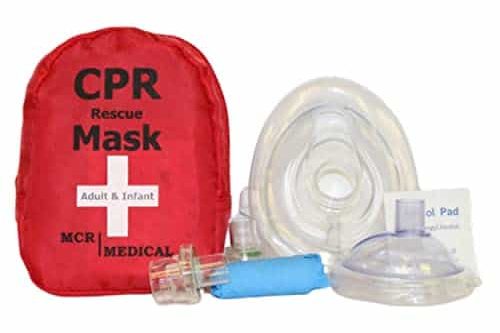
Still on the topic of best CPR devices for your home / office. This fantastic CPR kit simply helps with mouth-to-mouth resuscitation. It is designed to boost the effectiveness of CPR and decrease any risk of communicable diseases. It even comes with a superb carrying bag that is red in color, and it is very portable.
Must Read: 4 Best Infrared Light Devices For Good Health
The kit you get here comes with adult and infant-sized masks, gloves, alcohol wipes, and a valve. As at the time this article was written, the price of the First Aid Adult And Infant CPR Mask was around $8.95.
4. LUCAS® 2 Chest Compression System:
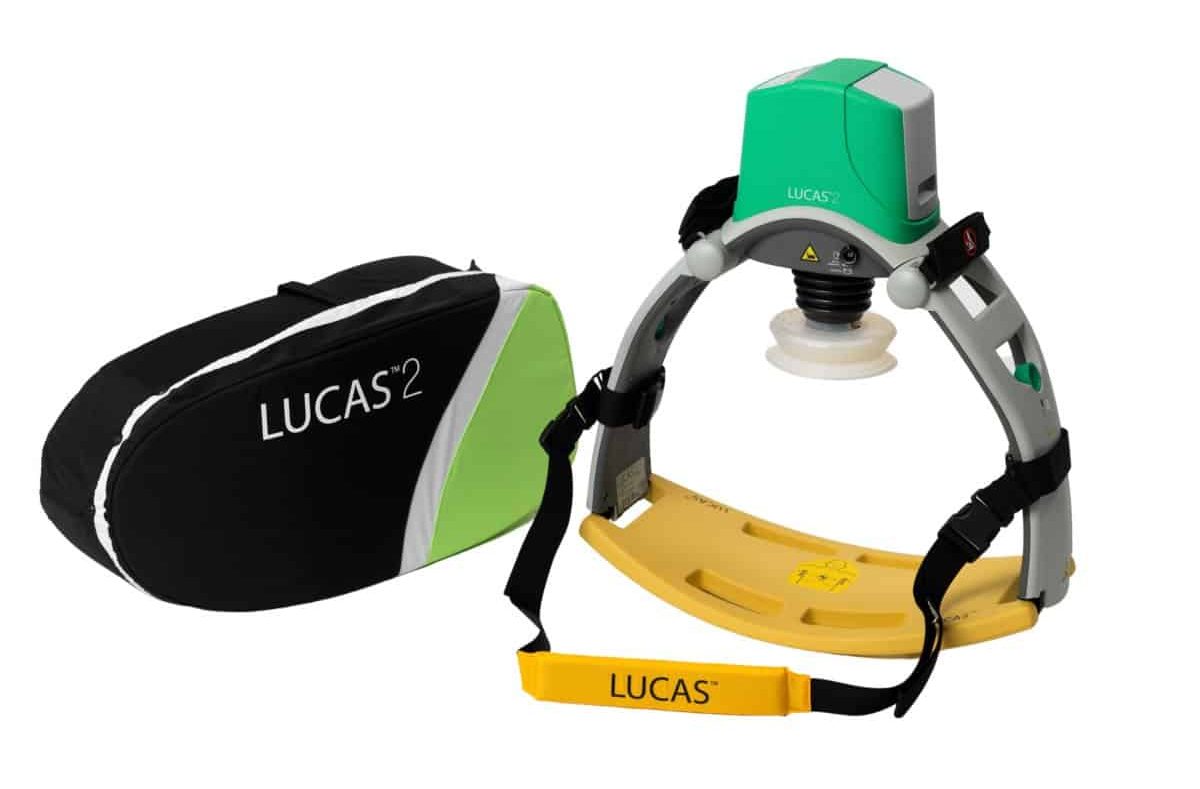
This is a manual chest compression device that gets mounted on a victim’s chest with a support pad placed under him or her. Once enabled, it performs chest compressions with the recommended chest rebound and at the right pace and depth.
Must Read: 5 Best Health Gadgets
It works on battery for about forty-five minutes and it includes power options for 120V A/C and for 12V D/C vehicle systems. As at the time this article was written, the price of the LUCAS® 2 Chest Compression System was around $982.00.
5. CPR RsQ Assist:
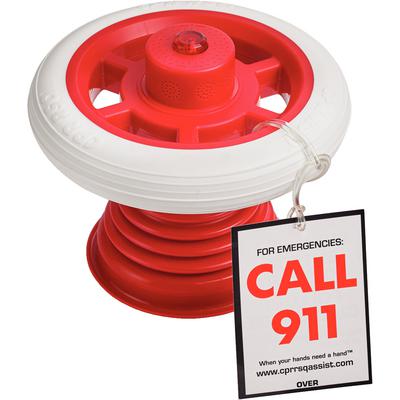
This device exists to make performing chest compressions simple and uncomplicated. Its ergonomic design and simple-to-use handle lets you use your upper body strength and weight as you push down on a victim’s chest. It makes use of voice prompts to help users deliver proper CPR and it comes with an audio/visual metronome to guarantee the right pace of compressions.
This is a very important device to own because CPR can be physically demanding for the person performing it. As at the time this article was written, the price of the CPR RsQ Assistwas around $65.00.
wrapping up:
Having read through this list of 5 best CPR devices for your home/office. If you have any personal favorites we haven’t mentioned above, kindly let us know in the comment section below. We would love to hear from you.
More Information On Gadgets:
A gadget is a small tool such as a machine that has a particular function but is often thought of as a novelty. Gadgets are sometimes referred to as gizmos.
In the software industry, “Gadget” refers to computer programs that provide services without needing an independent application to be launched for each one but instead run in an environment that manages multiple gadgets.
There are several implementations based on existing software development techniques, like JavaScript, form input and various image formats.
The earliest documented use of the term gadget in the context of software engineering was in 1985 by the developers of AmigaOS, the operating system of the Amiga computers (intuition.library and also later gadtools.library).
It denotes what other technological traditions call GUI widget—a control element in the graphical user interface. This naming convention remains in continuing use (as of 2008) since then.
It is not known whether other software companies are explicitly drawing on that inspiration when featuring the word in the names of their technologies or simply referring to the generic meaning.
The word widget is older in this context. In the movie “Back to School” from 1986 by Alan Metter, there is a scene where an economics professor Dr. Barbay, wants to start for educational purposes a fictional company that produces “widgets: It’s a fictional product.”



